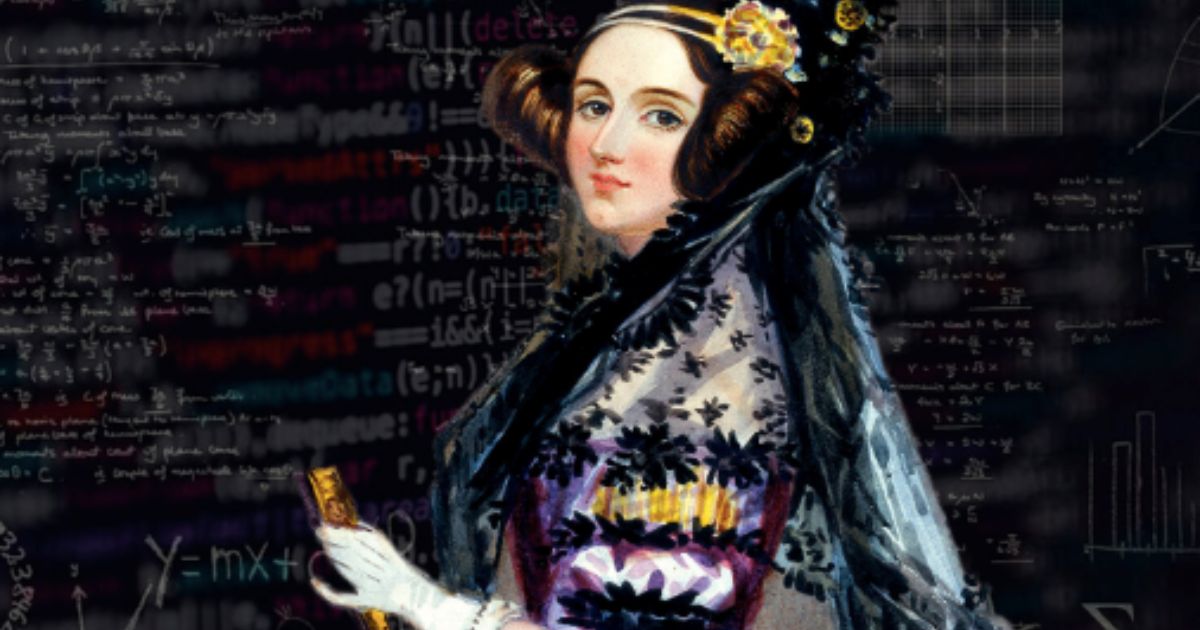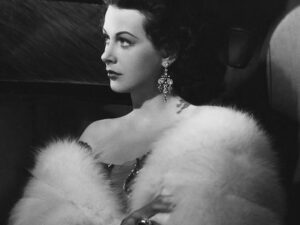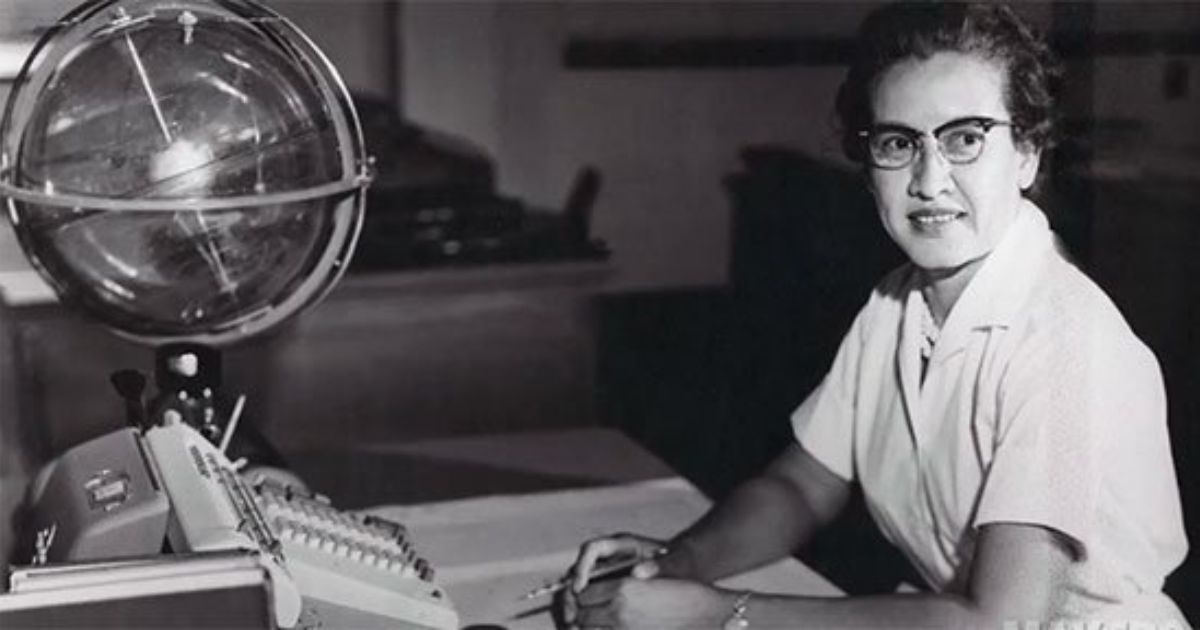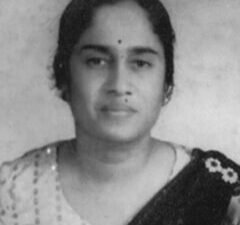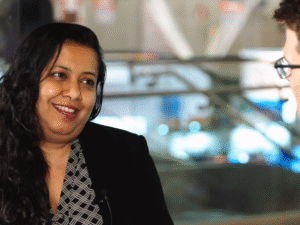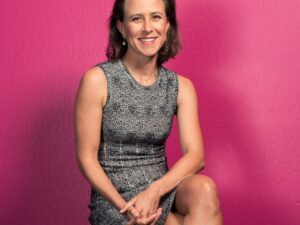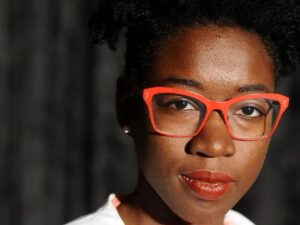Ada Lovelace was never meant to fit the mold. Born in 1815 to the famous poet Lord Byron and the highly educated Annabella Milbanke, she inherited both imagination and intellect. But while her father embraced poetry, her mother steered her toward logic and mathematics. That single decision would change the course of history.
Ada Lovelace Was a Mind Ahead of Its Time
As a child, Ada was fascinated by numbers. While other girls were expected to master embroidery, she dreamed of flying machines and complex equations. Her mother ensured she had the best tutors, including the renowned mathematician Augustus De Morgan. But Ada wasn’t just good at math—she saw beyond the numbers.
Her world shifted when she met Charles Babbage, a professor and inventor working on a groundbreaking device—the Analytical Engine. While others saw it as a mechanical calculator, Ada saw something entirely different.
“That machine is capable of much more than simple arithmetic.” – Ada Lovelace
Ada Lovelace The First Programmer
Babbage was impressed by her intellect. He asked her to translate a paper on his Analytical Engine written by an Italian mathematician. But Ada did more than translate—she expanded on it. She added notes, ideas, and a vision of what the machine could truly become.
She described how the Analytical Engine could be programmed to handle more than numbers. It could process symbols, store information, and even generate complex sequences. She had just written the first-ever algorithm—more than a hundred years before the first modern computer was built.
A Vision the World Ignored
Ada’s ideas were too advanced for her time. The world was not ready to believe that a machine could “think.” Her paper was published in 1843 but dismissed as a curiosity. No one took her seriously. She was a woman in a world where men dominated science.
But she never stopped believing. Even as illness weakened her body, her mind remained sharp. She wrote about artificial intelligence, predicting that machines could one day create music or compose art. Today, her predictions are a reality.
A Legacy That Took a Century to Recognize

Ada Lovelace died at 36, her work largely forgotten. But history caught up with her. In the 20th century, as computers began to shape the world, scientists rediscovered her writings. They realized she had envisioned the power of computing long before anyone else.
Today, she is celebrated as the world’s first computer programmer. The U.S. Department of Defense even named a programming language, ADA, in her honor. Every year, Ada Lovelace Day is celebrated to inspire women in technology.
“That brain of mine is something more than merely mortal, as time will show.” – Ada Lovelace
Ada Lovelace was not just a mathematician. She was a visionary. She looked beyond her time and saw a future no one else imagined. Her story is a reminder that true genius is not about fitting in—it’s about daring to see what others cannot.
And she saw the future before the world was ready to believe it.
